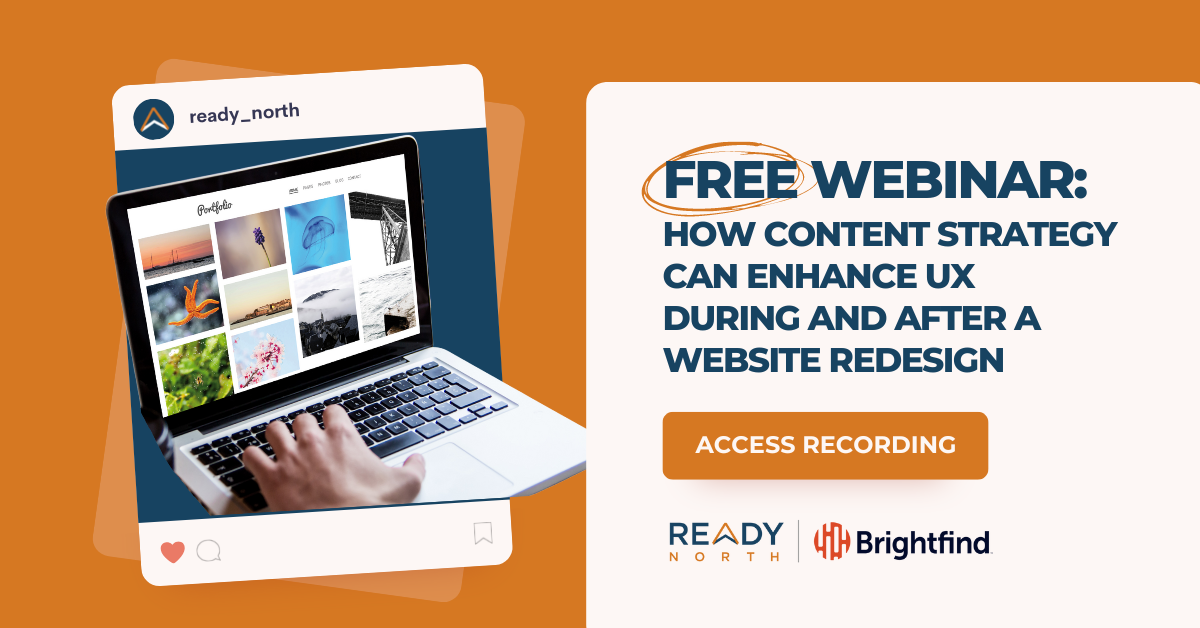Today's customer journey's success (or failure) is based on the holistic customer experience. And, thanks to digital, the modern consumer is in complete control of the buyer journey. Case in point: Gartner Group found that B2B buyers are typically 57-70% through the buying cycle before reaching out for help.
It's a new age for marketing. The traditional funnel needs to account for the digital, tech-savvy consumer; hence, its evolution.
Standing alone, the traditional funnel (awareness --> consideration --> conversion --> loyalty) over-simplifies the customer journey, not giving credit to the many touch points (or specific buyer personas) that contribute to an overarching experience, or for that matter, the post-purchase experience. The funnel model also excludes the impact of evolving technologies as it relates to the buyer journey. But let's take a few steps back.
A study from Google found that about 89% of B2B researchers start the process for a future business purchase on the internet. Additionally, three-quarters of companies using highly personalized marketing content report growing market share, according to McKinsey & Company.
Marketers get the importance of offering the right content at the right time. Is your content strategy moving in this direction?
Content strategy is not one-size-fits-all, so begin by taking inventory of your business, buyer personas, and sales cycle before mapping content ideas.
Determine Cycle Specific to Your Buyer Persona(s)
From CMS Wire: "Instead of pushing them through a cascading sequence that metaphorically resembles movement through a funnel, Forrester said, businesses must now figure out how to entice them down the road."
The best way to "entice" your customers is to get to know them. Find out what they do and don't like on your site and how they interact with current content offerings. We suggest starting with a benchmark of performance metrics. These might include:
- Top visited blog posts or site pages.
- Popular keywords driving organic traffic.
- Most downloaded content pieces.
- Most shared posts / content pieces.
- Visitor flow / page drop offs.
Key performance metrics will also help identify critical touch points along the buyer journey by chronicling the most frequent potential buyers' journey and pinpointing the content that is most (and least) essential to conversion. But there are ways to get even more scientific. Google uses an "assist / last assist interaction ratio" to determine which touch points lead to conversion or inspire the consumer to take the next step. These touch points (web pages) should provide the most substantial content pieces.
Next, evaluate which personas tend to spend more or demonstrate stronger loyalty to your brand. Make these personas a top priority during content creation; they will likely have the most impact on future ROI.
The final step during this stage: Map out the customer journey on your website, per buyer persona. (Creating some kind of visual can be helpful.) In the words of Ann Handley (@marketingprofs), make sure you can "think like your customer" before you start writing or planning.
Create Purposeful Content For Each Stage
Make the best use of company resources and production by doing your due diligence during the planning stage. The best content will answer common customer questions and will, ultimately, inspire them to move closer to a purchase.
A customer journey map (visual) will come in handy at this point in your planning. Begin by creating a custom content calendar based on the visuals you created. Content ideas should correspond with the buyer persona and buying stage. A solid calendar will do the following three things:
- Align the entire journey with key pain points / touch points.
- Provide varying content formats corresponding with buying stage (i.e., case studies, ebooks, blog posts).
- Result in targeted, valuable content (i.e., a great sales tool).
HubSpot reported via Demand Gen: "Leads nurtured with targeted content produce an increase in sales opportunities of more than 20%."
If you're interested in details (step-by-step), check out this post on mapping content across the customer journey. It includes a free sample content calendar to get you started.
Looking Ahead: Marketers Act Like Scientists
According to McKinsey & Company, companies outperforming competitors are "leveraging customer segments and microsegments, and factor in behavioral, transactional, and engagement trends."
Talk about the art and science of content marketing colliding. New technologies are allowing marketers to operate like scientists. HubSpot smart content lets businesses personalize their website, emails, CTAs, and more based on users' properties, site interactions, or channel engagement.
Marketing automation technologies are allowing marketers to step in when sales cannot. In the words of Kapost: "Through technology, marketers can engage buyers and measure their progress despite the new dynamics preventing sales from interacting with them until much later in the process."
From a holistic perspective, these technologies have the potential to close the gap between marketing and sales while simultaneously creating an exceptional customer experience from screen to screen and persona to persona. And not surprisingly, marketers are looking to take advantage of these opportunities immediately. MarketsandMarkets predicts the global marketing automation market size will reach $9.5 billion by 2027.
There's a lot to look forward to this year and beyond. Is your marketing plan ready? Is your content strategy evolving with buyer cycles and personalization technology?
Discover more ways to personalize content by checking out our on-demand webinar, How Content Strategy Can Enhance User Experience During and After a Website Redesign, below.

%20Logo_BlueOrange_Trademark.png?width=800&height=269&name=Ready%20North%20(RN)%20Logo_BlueOrange_Trademark.png)




.jpg?width=300&name=Services%20Hub%203%20(3).jpg)


